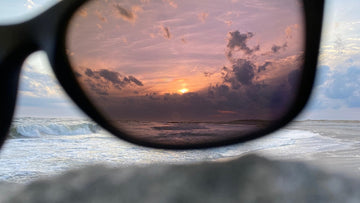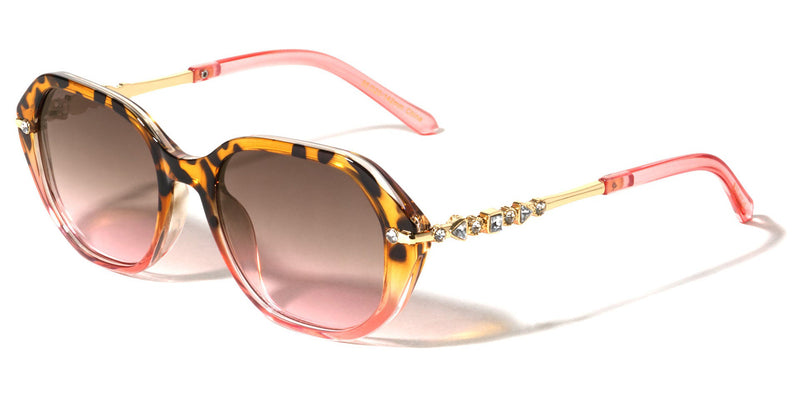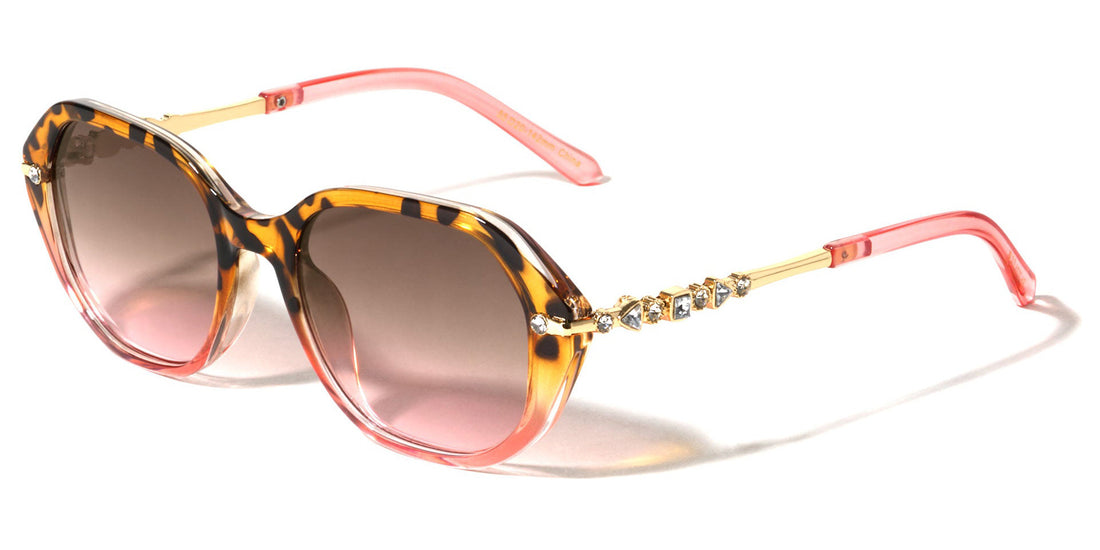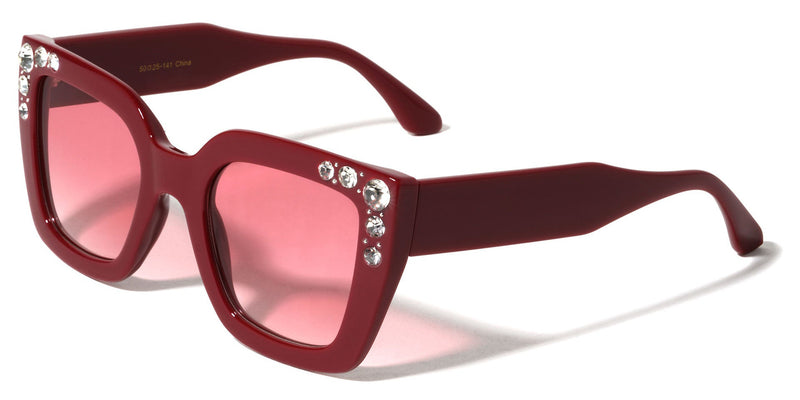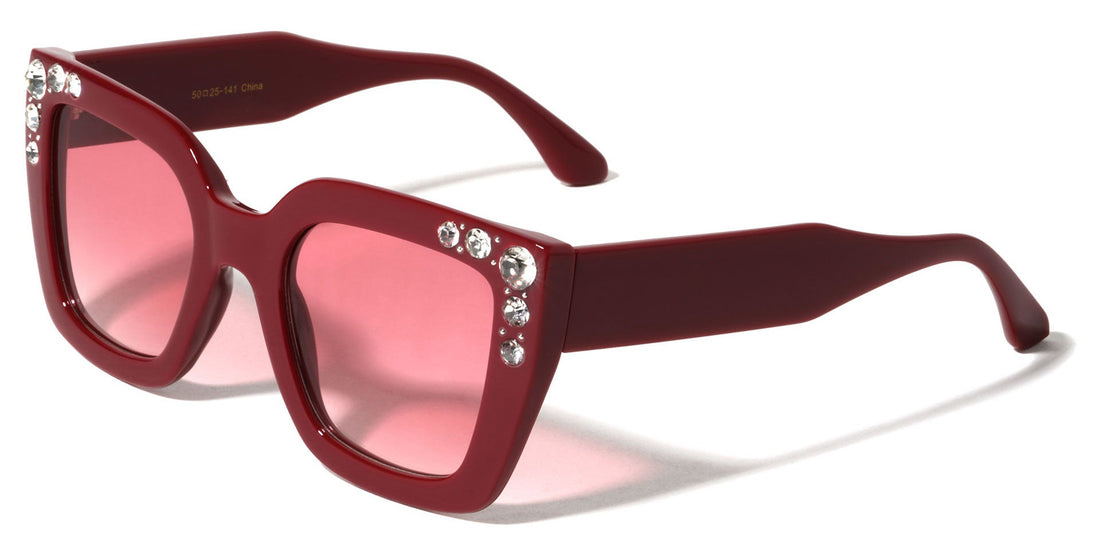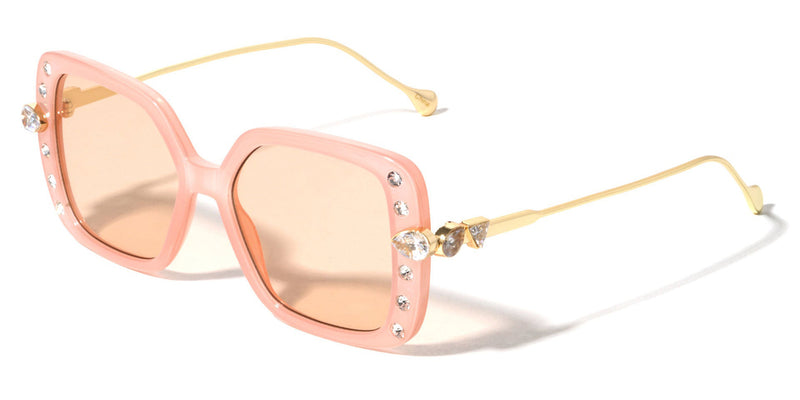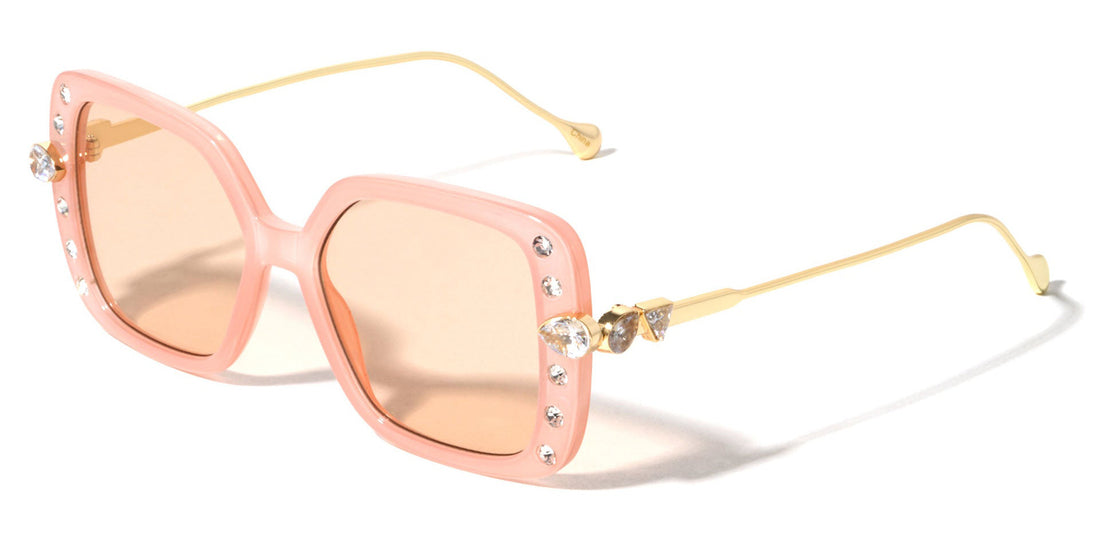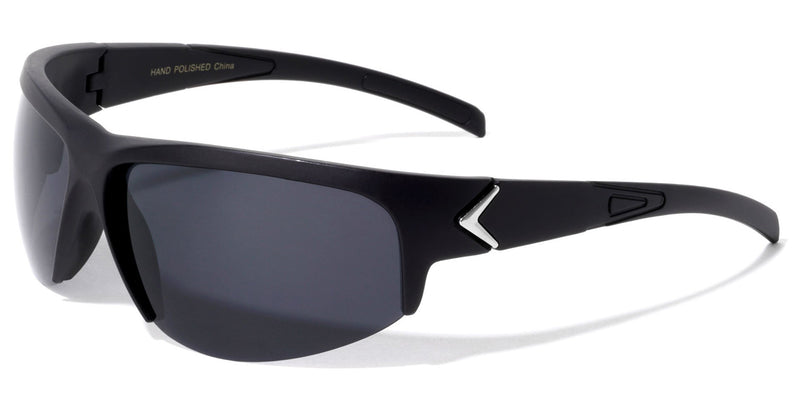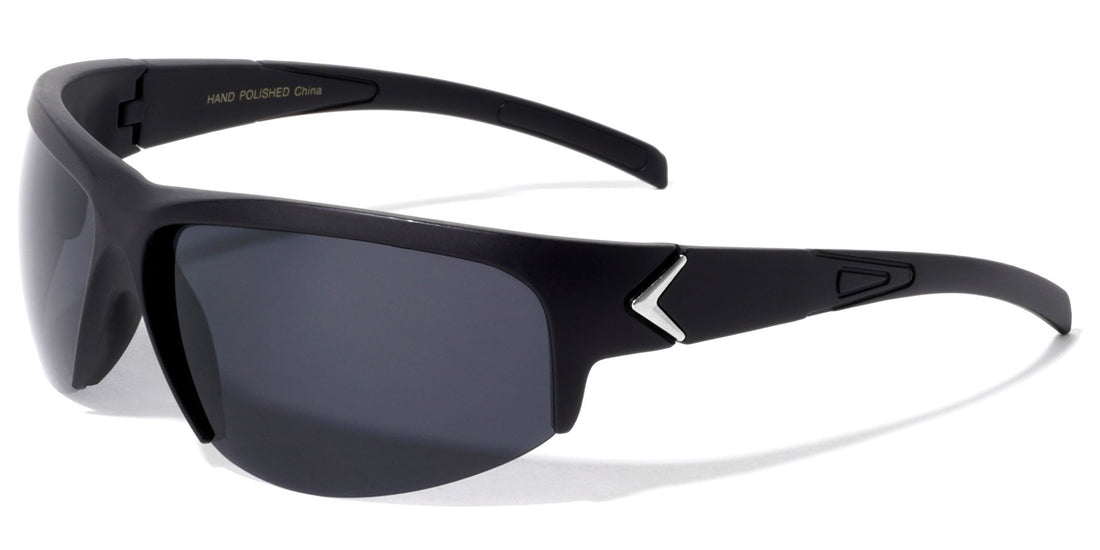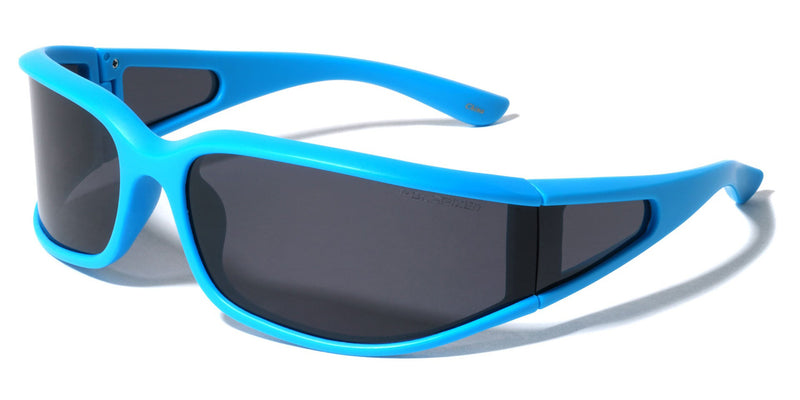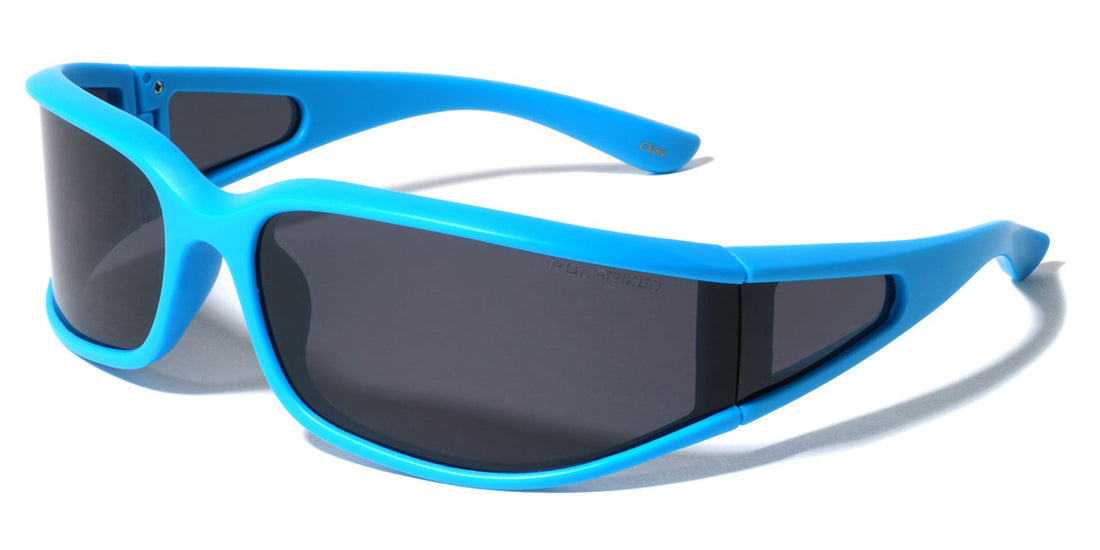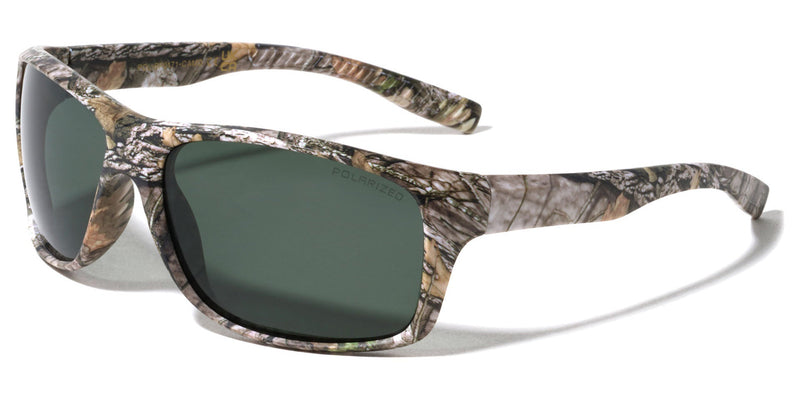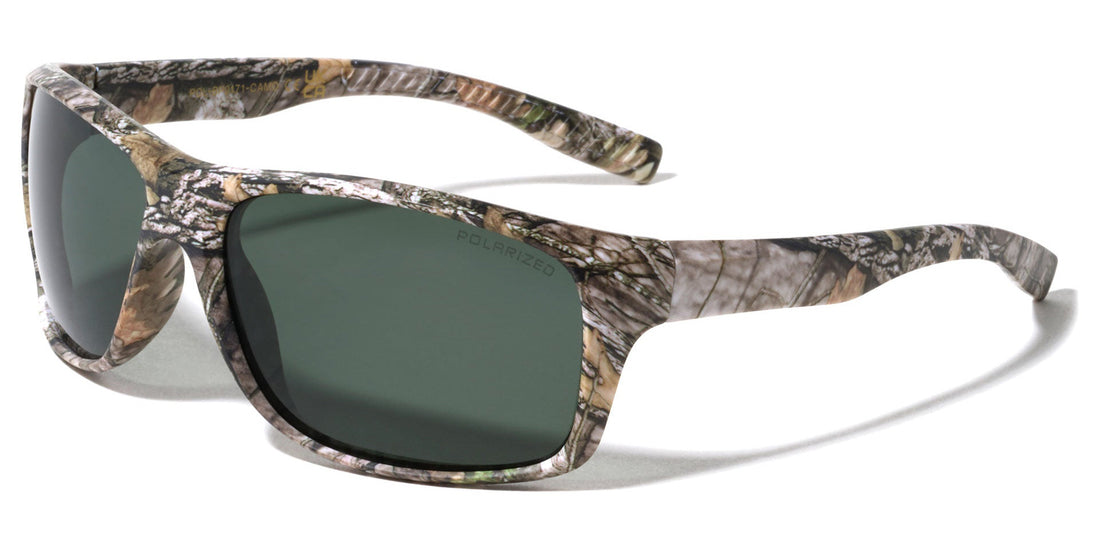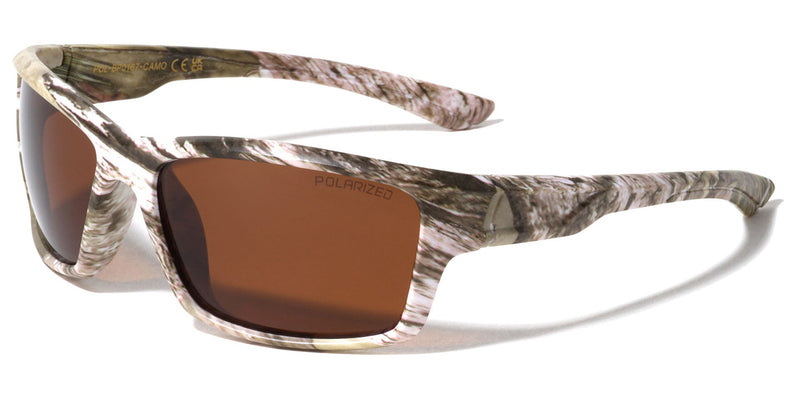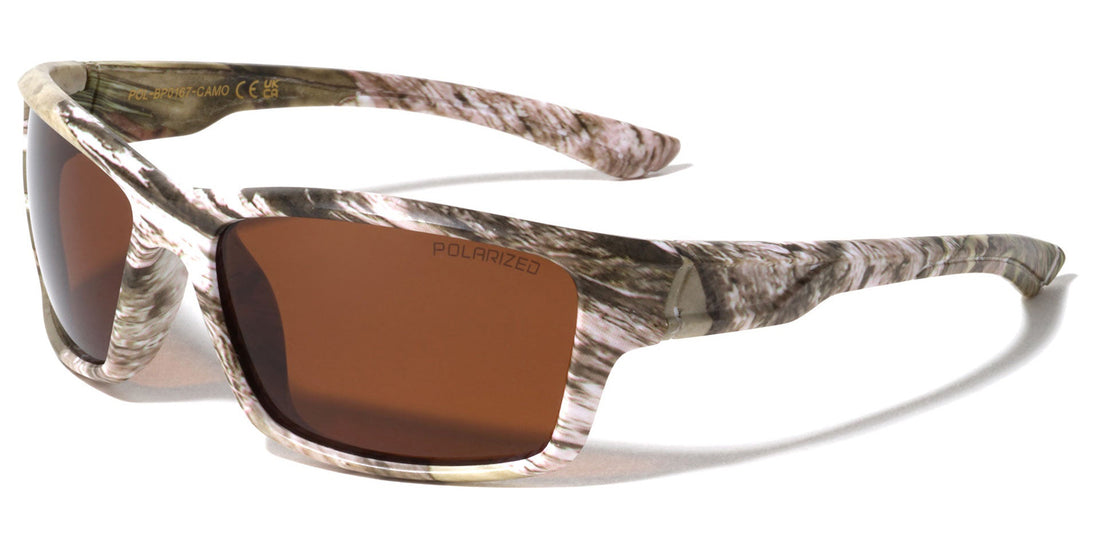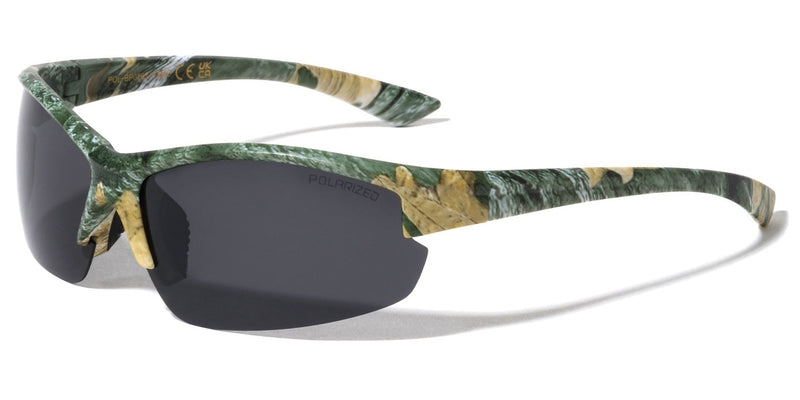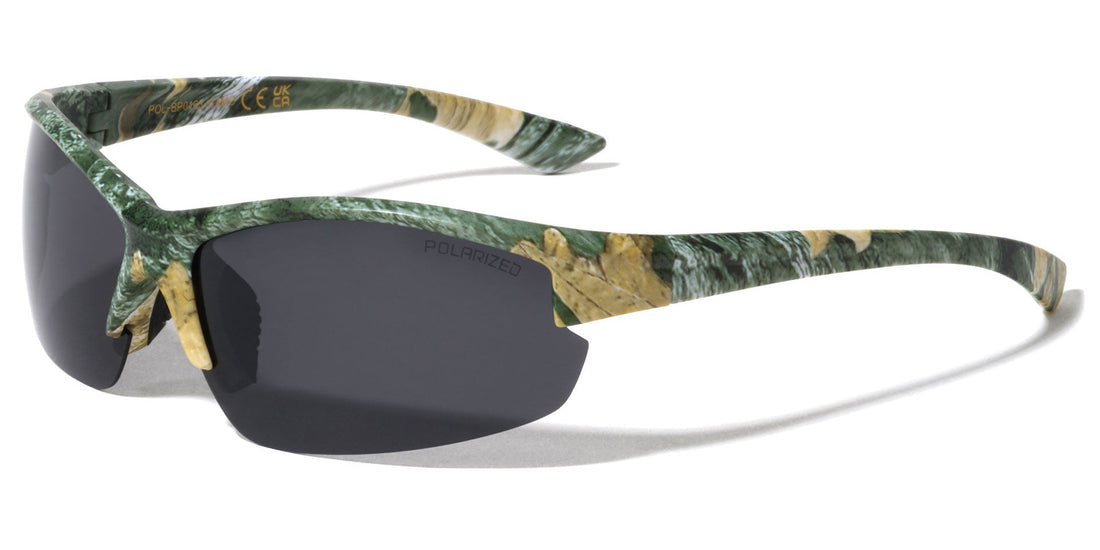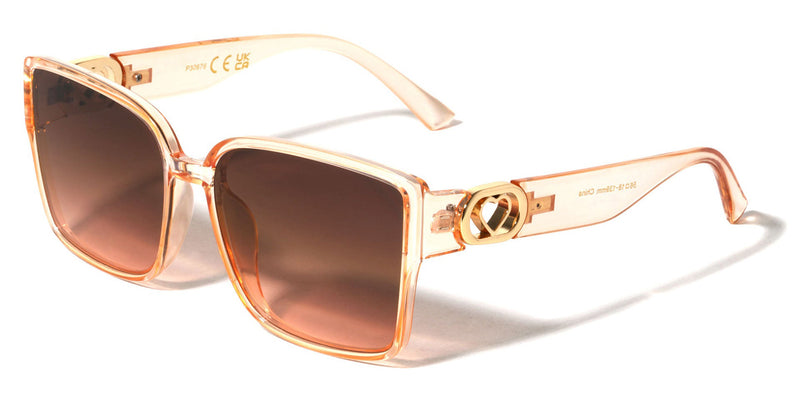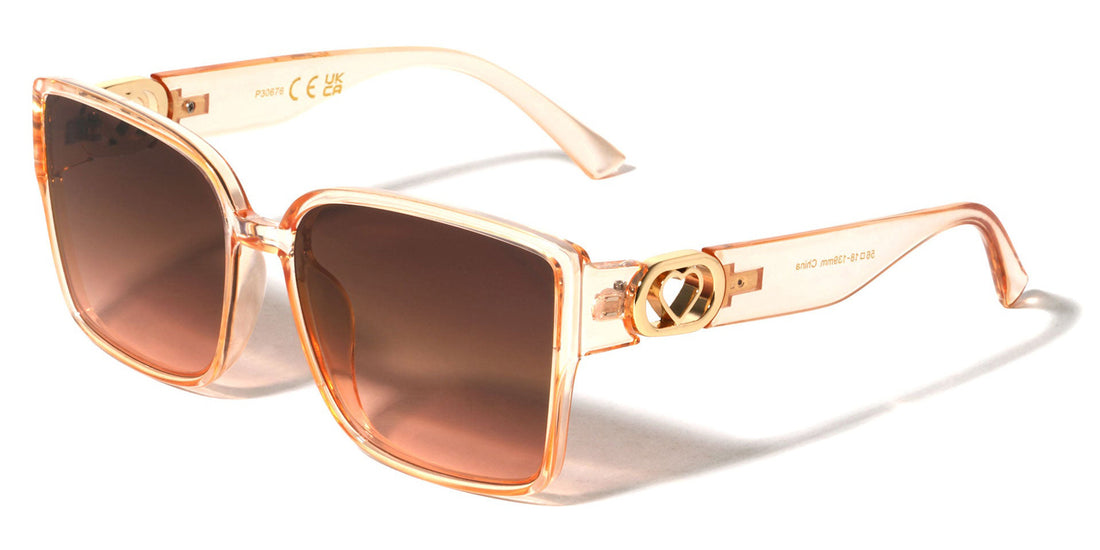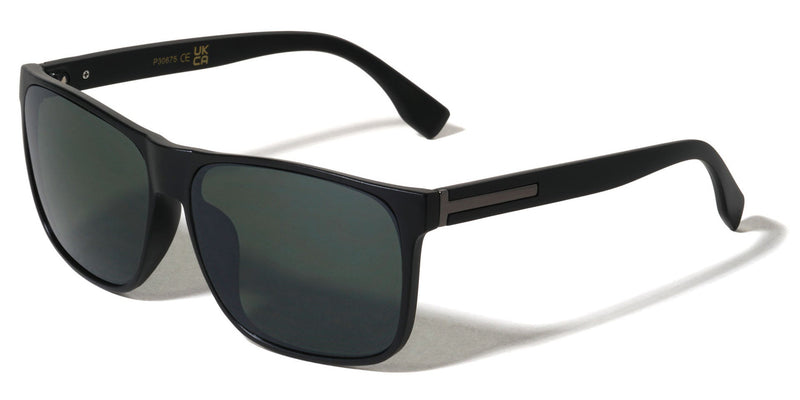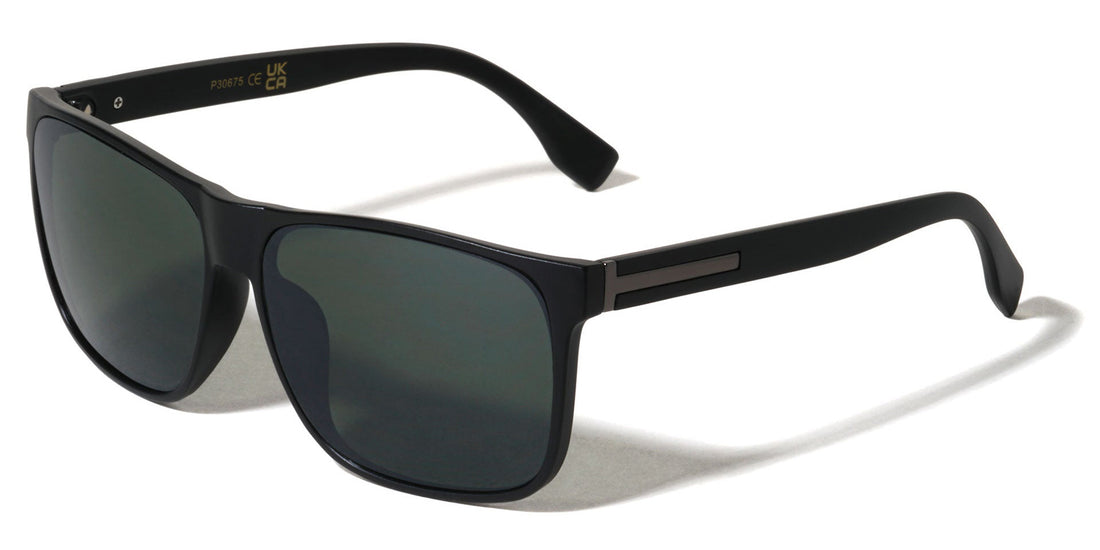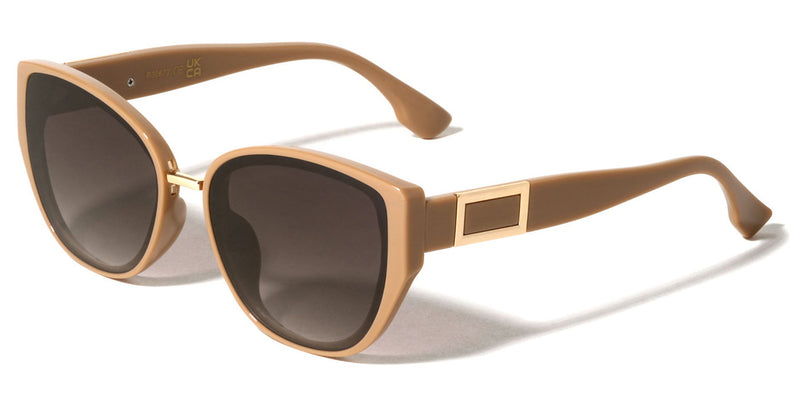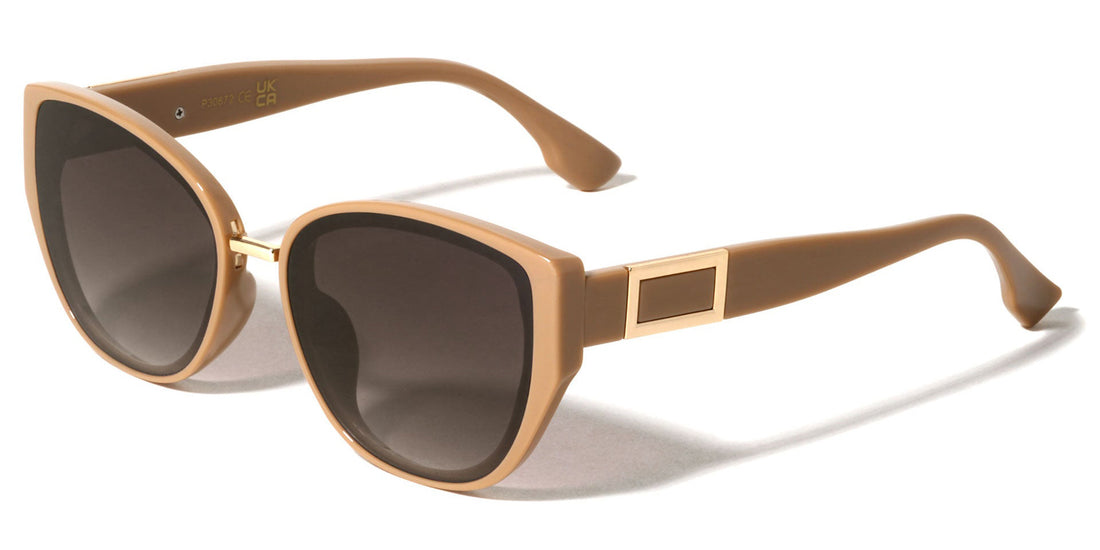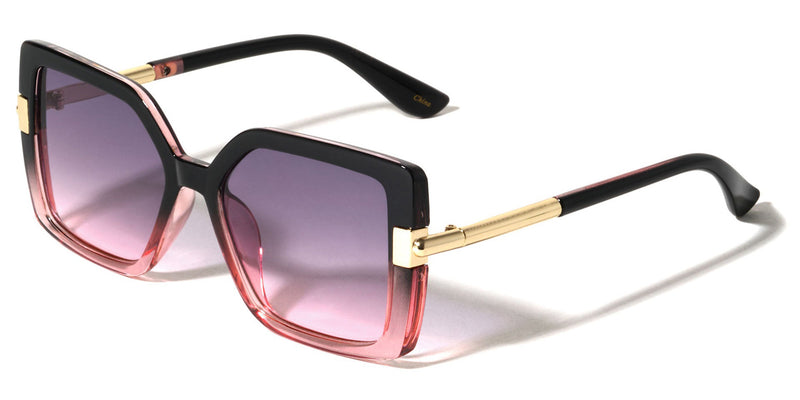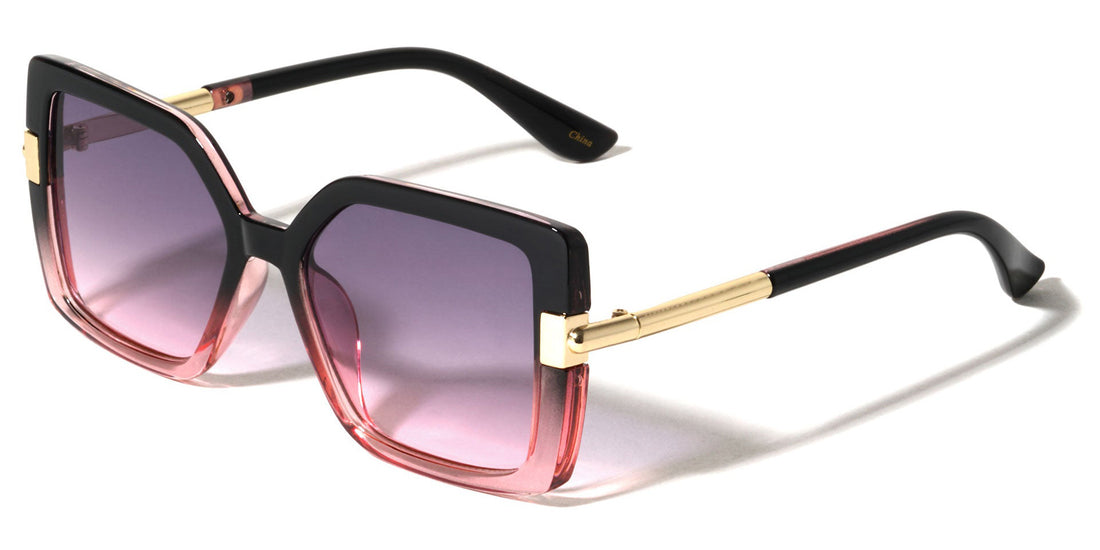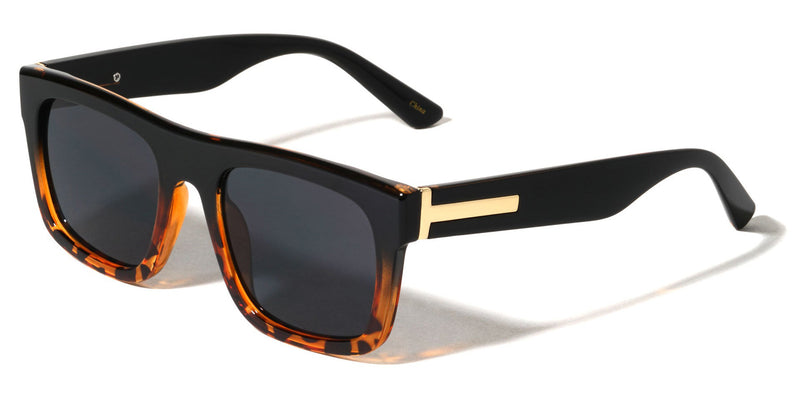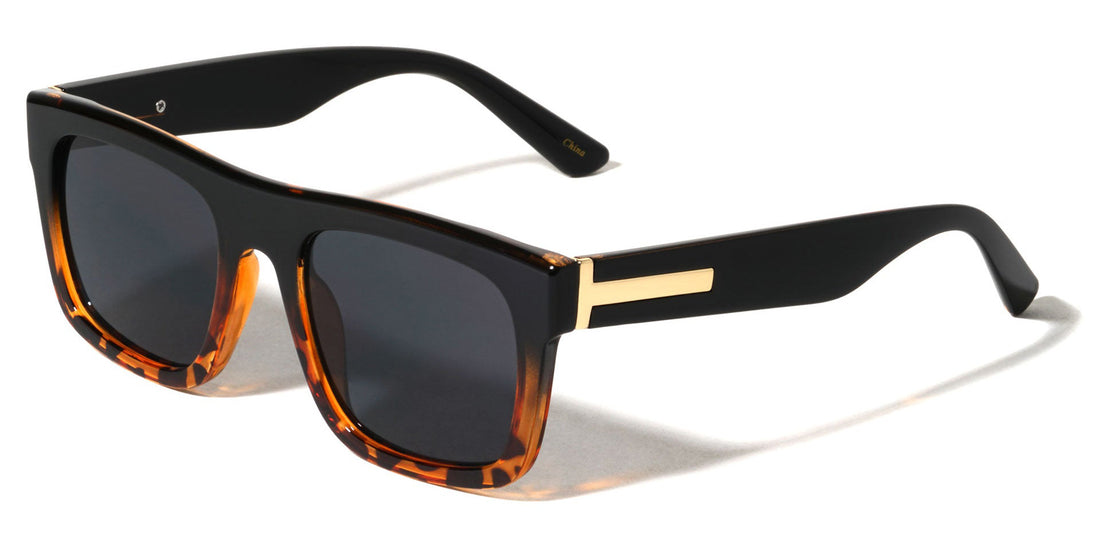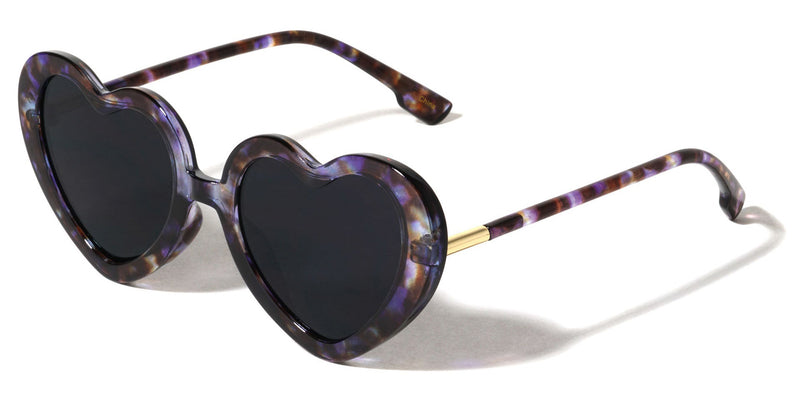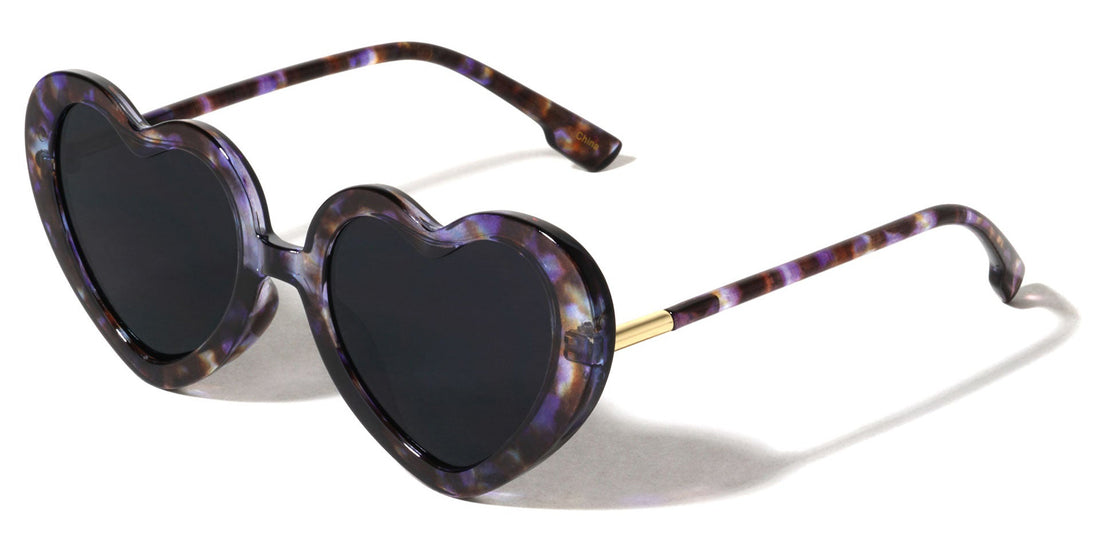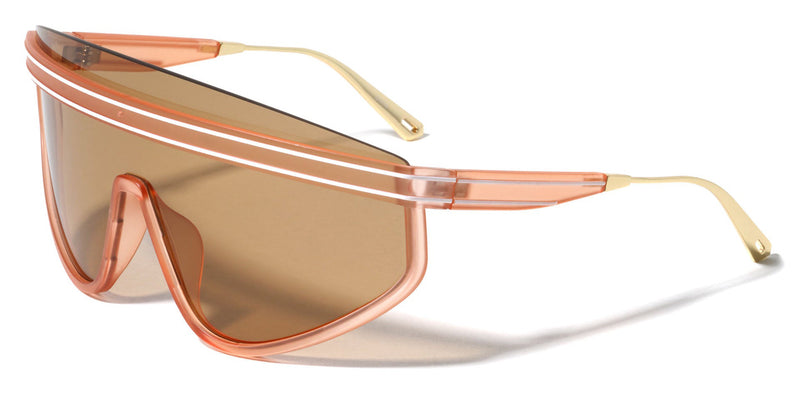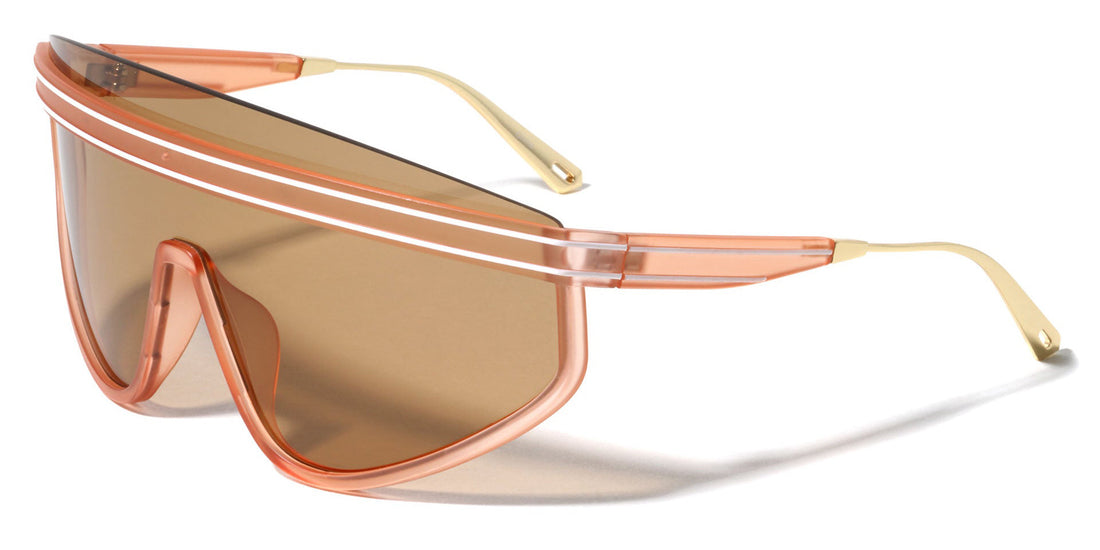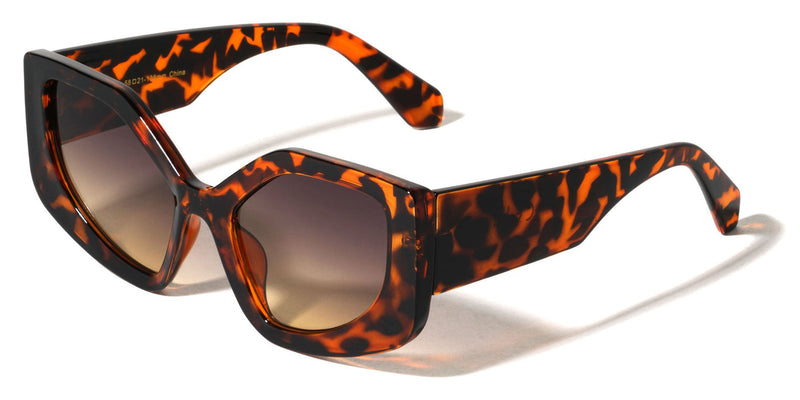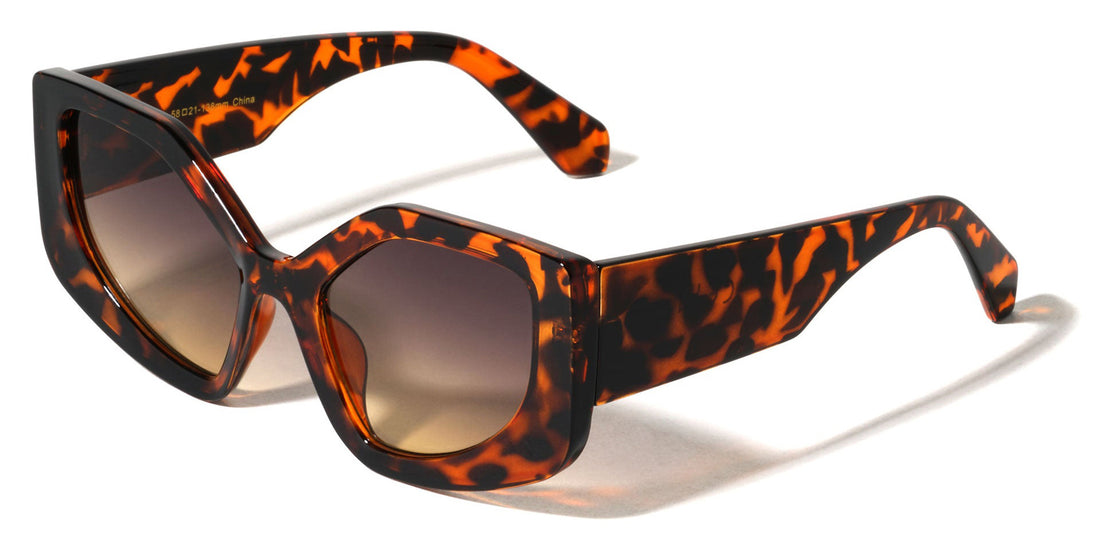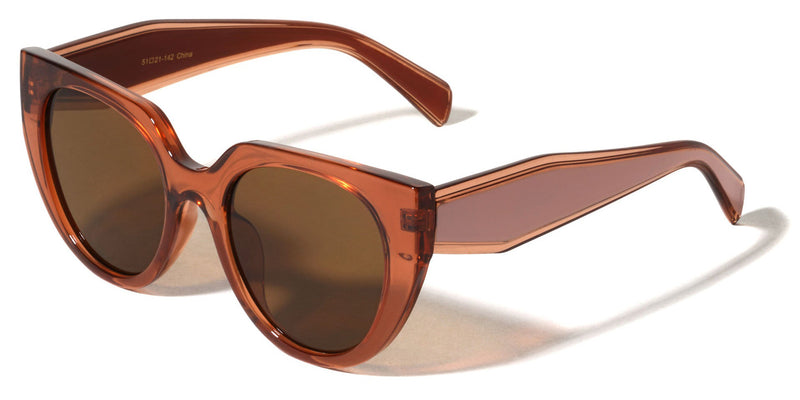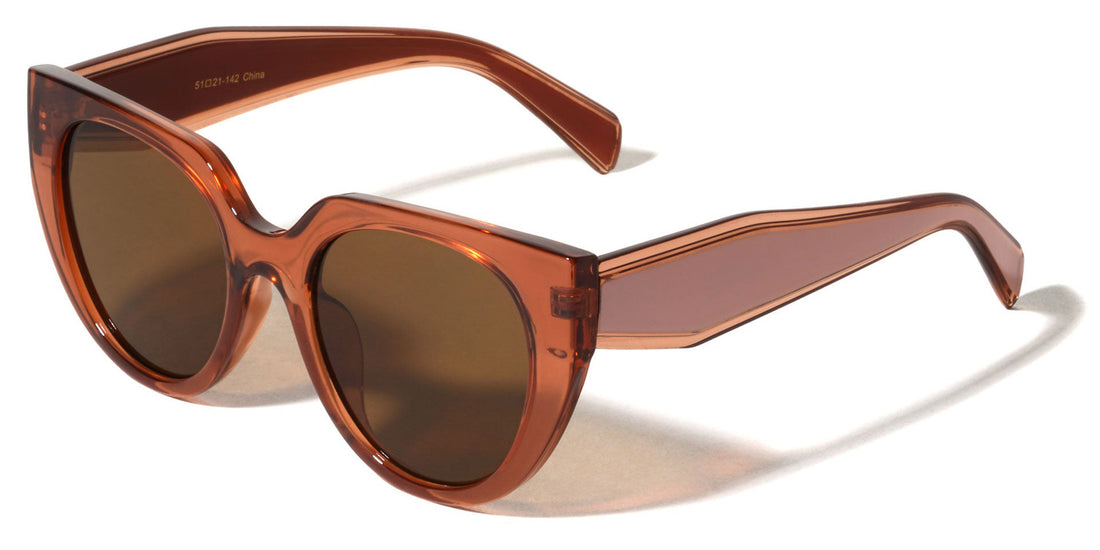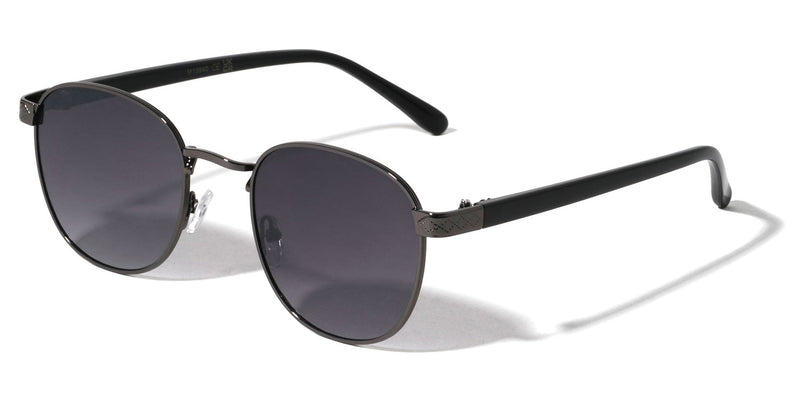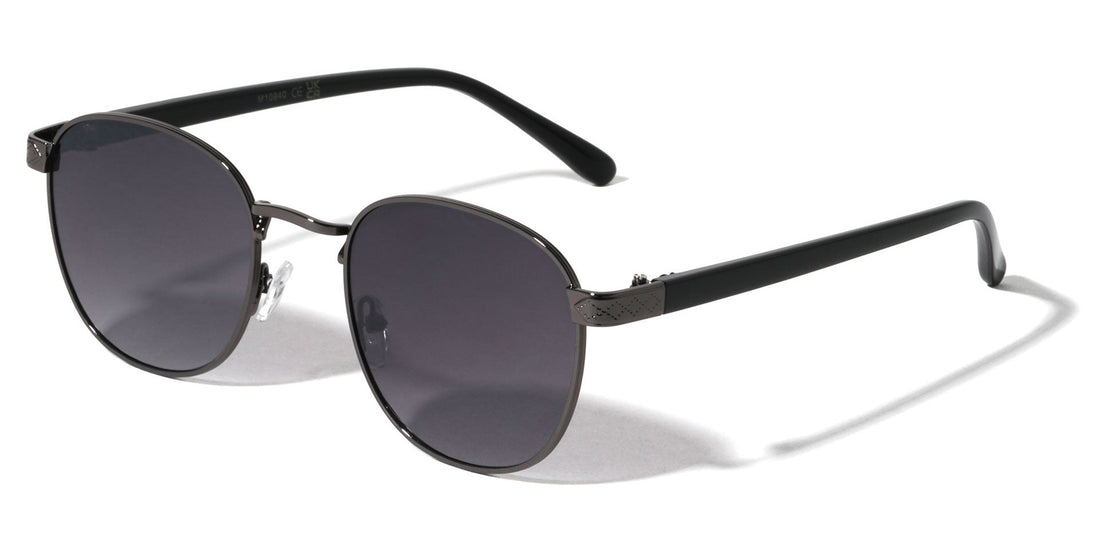You have figured out how to purchase bulk sunglasses from Olympic Eyewear and turn them into a tidy profit. That's great. Now it's time to take your business to a new level by establishing yourself as the go-to source whenever your customers need new sunglasses. In order to do that, you need to know your products inside and out.
Let us talk about polarized sunglasses. It is not unusual for customers to confuse polarization with UV filtering. Moreover, some consumers think that both polarization and UV filtering are directly related to how dark a set of lenses are. Nothing could be further from the truth. As a retailer, you can be a hero to your customers by educating them on technical topics, like polarization.
Polarization Reduces Glare
You already know what polarization does: it reduces glare. All our bulk sunglasses with polarized lenses make for greater comfort by reducing the glare from highly reflective surfaces. Glare is reduced by filtering light polarized in a horizontal direction. Removing it prevents the light from reaching the eyes.
Polarized sunglasses are ideal for:
-
Boaters and anglers
-
Competitive and recreational cyclists
-
Skiers and snowboarders
-
Professional drivers
Virtually any activity for which sun glare is a problem can be made easier with polarized sunglasses. That much you know. But do you know how polarized sunglasses are made? It is actually quite fascinating.
A 4-Stage Process
Polarization is in the lenses. Fortunately for manufacturers, creating polarized lenses is a pretty straightforward endeavor. It involves a 4-stage process that can be completed with moderate time and equipment requirements. Here are the four steps:
Step #1: Heating and Stretching
A polyvinyl acetate (PVA) film is used to add polarization to a pair of sunglasses. In order to achieve uniform filtering, the film first needs to be heated and stretched to properly align its molecules. A film may be stretched up to five times its original size to achieve proper uniformity.
Step #2: The Iodine Dip
Heating and stretching do a particularly good job of getting the PVA where it needs to be. But the stretched film could be better. To make it better, manufacturers dip it into an iodine solution that helps to align the molecules more uniformly. The more uniform the arrangement, the better the film's filtering capabilities.
Step #3: Lens Assembly
After the film has dried, it is sandwiched between two layers of whatever material has been chosen for the lenses. It could be glass or plastic. Placing the film between two layers of lens material protects it. The entire sandwich is bonded together to create a single piece.
Step #4 Cutting and Shaping
The final step is to cut the large piece of lens material into smaller pieces that will be shaped before being inserted into eyewear frames. Some customizations are needed when prescription lenses are being manufactured.
Polarization and Cell Phones
Now that you understand how polarized sunglasses are made, you may also understand why some cell phone screens are hard to see when a person is wearing polarized lenses. If horizontal light is displayed on a phone screen, it gets filtered out by the person's sunglasses. Depending on how much horizontal light you are talking about, a phone screen could completely disappear from a user's vision.
Next time you purchase an order of bulk sunglasses from Olympic Eyewear, remember how polarization is achieved. Use the information you have learned from this post to educate your customers. The more you know about the products you sell the more trust you will build with those who buy from you. More trust equals more sales.
